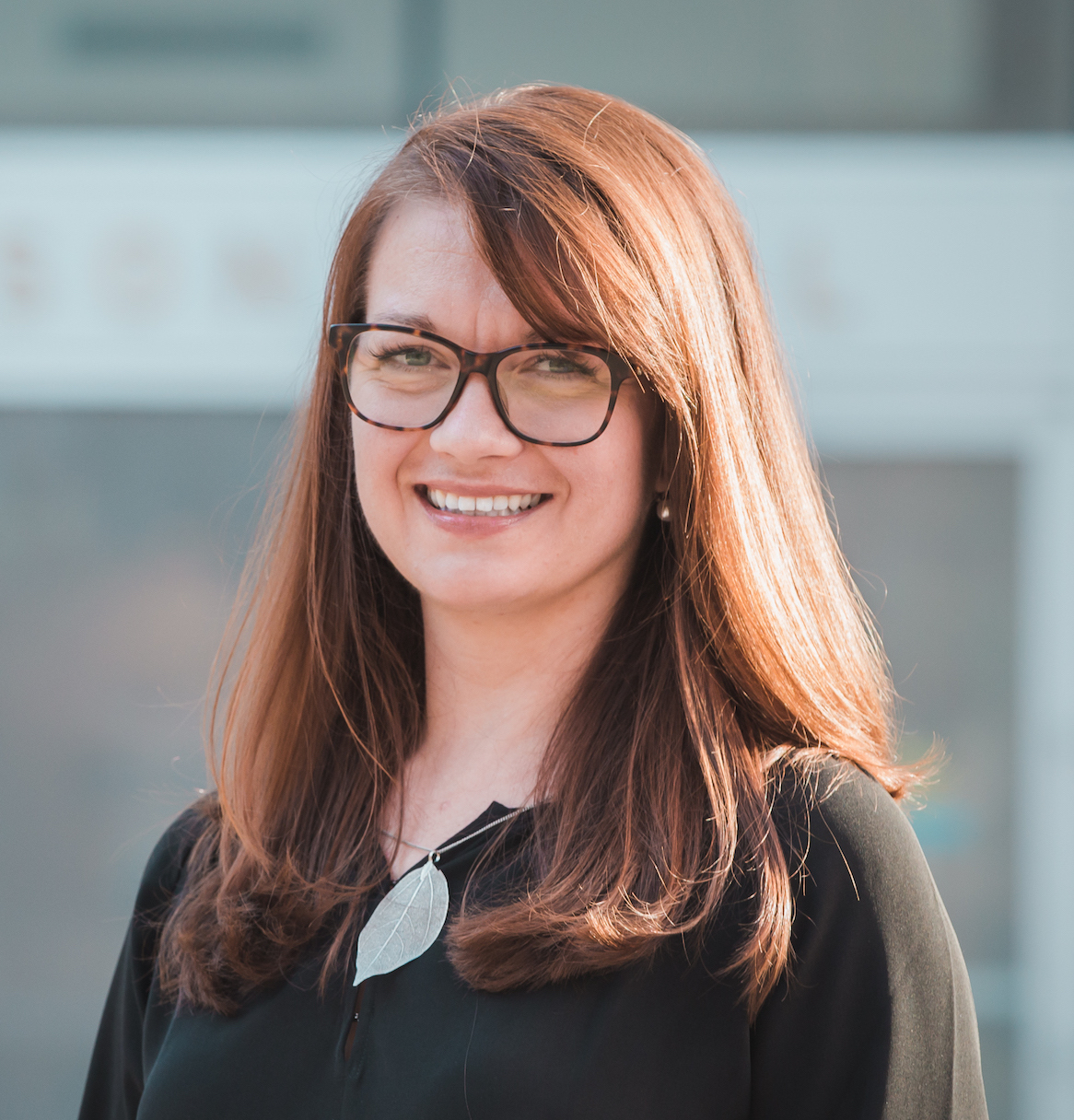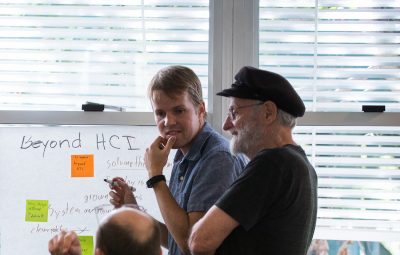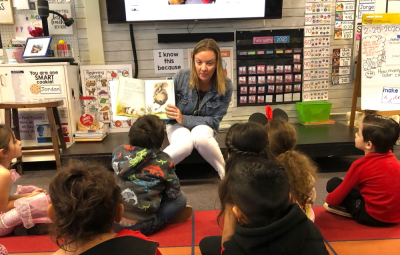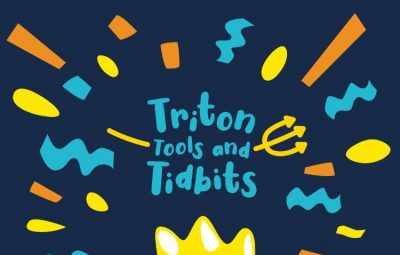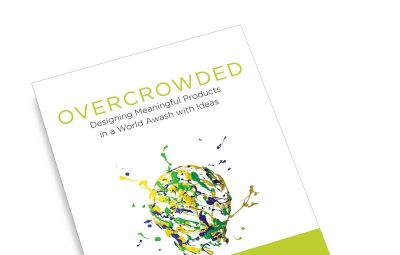Emerging developments in data visualization, the practice of visually communicating data to convey patterns and trends, transcend a variety of fields including health, business, design, science, and education. With competing definitions and applications across multiple disciplines, the question quickly becomes: how do such diverse communities establish a common ground to allow for shared communication and understanding?
Amy Fox, a third year doctoral student in Cognitive Science and member of the UC San Diego Design Lab, is currently working to close that gap. She was recently awarded a visionary grant from the Gordon Research Conference on Visualization in Science and Education (VSE) for a project proposal she worked on in collaboration with Paul Parsons, an Assistant Professor in the Department of Computer Graphics Technology at Purdue University. The Gordon Research Conference on VSE is an annual, multi-day conference that unites researchers, designers, educators, and communicators from a wide range of disciplines to share best practices and new innovations within the visualization space.
The proposal, titled “Beyond Boundaries: Exploring Transdisciplinary Potential in Visualization,” addresses a lack of shared communication across disciplines that use visualization techniques, due to misalignments in language, methods, and frameworks. Fox’s project focuses on fostering collective learning across traditionally siloed communities through breaking the barriers of communication. Transdisciplinary discussions throughout the conference provided a platform for Fox and Parsons to recognize that individuals from various backgrounds, including marine biology, museum education, and public broadcasting, share a deep appreciation for the role that visualization plays within their work, yet hold unique interpretations and applications of certain concepts. For example, Fox noted that the term “assessment” in visualization translates into a spectrum of different priorities and goals in various contexts.
Fox and Parsons aim to take the first step in creating a “community of practice” through identifying key frames of reference to set a road map for bringing these diverse communities together. The proposal calls for a comprehensive catalog of key terminology within visualization literature, an identification and integrative review of influential theories, and a systematic mapping of conceptual models across disciplines. The overarching vision for the project is to share and leverage the enthusiasm and expertise across disciplines through successfully navigating different visualization communities.
“Visualization is a rich and exciting field,” says Fox. “But to be most effective, researchers need to understand the broader landscape of practice so we can speak a shared language.” Fox and Parsons anticipate using the funds to begin exploring existing structures within visualization and conducting ethnographic studies to inform and provide insight into their research. Through examining current visualization practices with a transdisciplinary lens, Fox is looking forward to interacting with a multitude of vibrant communities who understand the value of visualization and hopes that this grant will serve as a springboard for future grant proposals.
